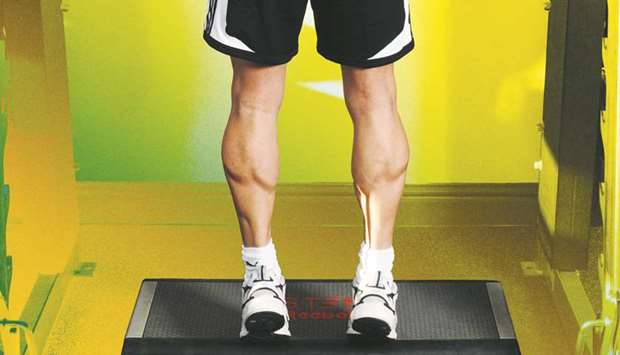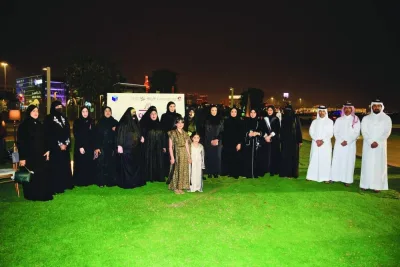For the sake of our physical and mental health, GPs recommend that we exercise five times per week. But there can be more to think about than just getting our heart rate up – physiotherapists say it also pays to work on strengthening our muscles.
Why? For one, says physiotherapist Tristan Chai, having more muscle mass in our body helps with overall health. But we also need our muscles to be strong so that we don’t end up absorbing the impact of movement in the wrong places – an easy way to wind up with an injury or chronic pain.
Bridge
“A basic bridge is where you lay on your back with your knees bent and feet flat, you squeeze your butt-cheeks and you lift your butt up off the floor,” explains Melissa Haberfield, a researcher, lecturer and physio to the North Melbourne Football Club AFLW team.
A bridge targets our glutes, which helps with running or jumping sports. But Haberfield says there’s also “really good evidence” they can help with lower back, knee and hip pain.
“The reason that I really love it is because it’s something I use in clinical practice all the time. You can basically apply it to anyone in any circumstance. I’ll use it for a patient who has severe back pain or chronic back pain; we can regress it and make it really easy. But then at the same time, I’ll use it with one of my AFLW girls and make it harder by putting their shoulders on a bench so that they’re elevated.”
And yes, she says, “I definitely do bridges myself.”
Calf raise
Ebonie Rio from La Trobe University and the Victorian Institute of Sport says calf strength is “incredibly important” and can help protect us from injury.
“If you’re landing from a jump, they absorb most of the energy,” she explains. “So if your calf muscles aren’t very good, those forces will go somewhere else. They’ll go to your knee joint, or your hip joint, or your lower back.” Rio says calf strength also protects the bones in our feet and our Achilles tendon when we do things like step off curbs. “You need really good calf strength throughout your whole life, not just if you’re an athlete,” she says.
To that end, Rio advocates for the calf raise, which involves standing up straight, pushing through the balls of your feet and raising your heel until you’re standing on your toes. If you want, you can hold on to a wall for balance.
Rio says she does calf raises every second night. “I’ve taken up running during Covid, so I do them on my non-running day to be nice and strong and prevent any injury. That also means my calf muscles have recovered overnight before I have to be on my feet the next day, so they’re not tired when I’m walking around.”



